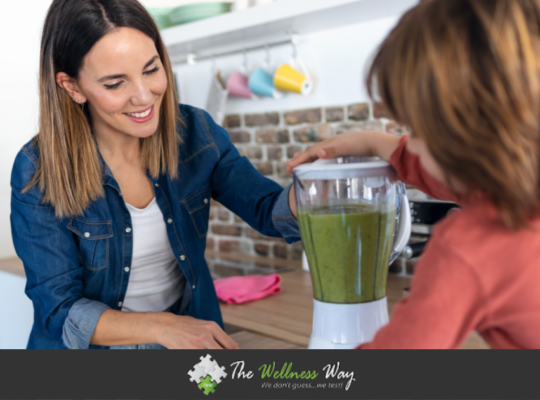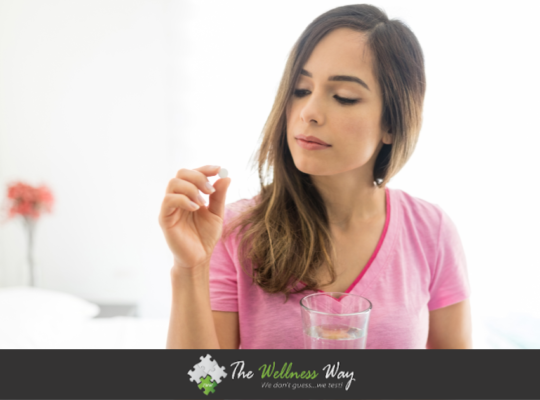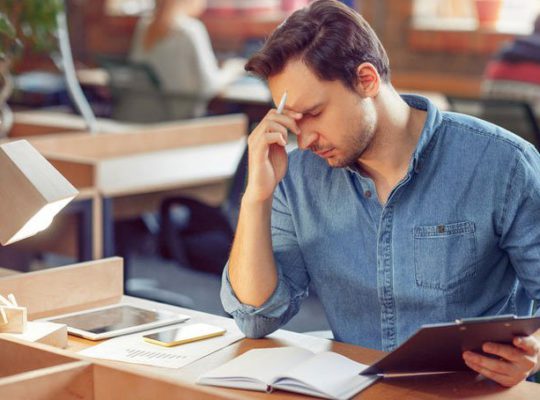How many of you have had kids complain of growing pains in their legs? Kids expressing pain with tears in their voice before bed? But what are growing pains and how do you help or stop them?
Mayo Clinic says this about growing pains:
Growing pains are often described as an ache or throb in the legs — often in the front of the thighs, the calves or behind the knees. Growing pains tend to affect both legs and occur at night, and may even wake a child from sleep.
Although these pains are called growing pains, there’s no evidence that growth hurts.
Where do These Growing Pains Come From?
The NIH answers this question this way:
What causes growing pains? The short answer is that we still do not know. Although the term has been used for more than 180 years it has proved to be a misnomer—growth spurts do not play a part in this condition. Many aetiologies have been proposed but have not been supported by subsequent research. The idea that growing pains are caused by rheumatic fever was disproved in the 1930s. Subsequent causal theories include faulty posture and an association with restless leg syndrome, vascular perfusion disorder, fatigue, or emotional disturbance.
In other words, they don’t know.
So what causes other sorts of joint and muscle pain?
Reasons for Joint and Muscle Pain
There are a couple reasons joint pain may be happening, but the most common underlying reason is inflammation. It can also be the case that joints and muscles hurt because they’re lacking in the nutrients and minerals they need to grow and rebuild.
If your child is struggling with growing pains, it may be a sign they’re low on things like magnesium, potassium, or vitamin D.
Joint or muscle pain in general could also be a sign of something going on that needs closer attention.
That’s all well and good, but a lot of that isn’t something you can fix here and now when your child can’t sleep because of growing pains.
How to Help Growing Pains in the Moment
Mayo Clinic has some advice on how to help ease your child’s discomfort in the midst of growing pains.
Certain home remedies may ease discomfort:
- Rub your child’s legs. Children often respond to gentle massage. Others feel better when they’re held or cuddled.
- Use a heating pad. Heat can help soothe sore muscles. Use a heating pad on a low setting before bedtime or when your child complains of leg pain. Remove the heating pad once your child falls asleep. A warm bath before bedtime may help, too.
- Stretching exercises. Stretching the muscles in the legs during the day may help prevent pain at night. Ask your doctor what stretches might help.
You can also just snuggle your child, as hugging and cuddling have been shown to have both physical and mental benefits for children.
How to Prevent Growing Pains in the Long Run
Cleveland Clinic suggests these courses of action going forward:
You can’t prevent your child’s growing pains. However, there are some things you can do to help lessen the pain:
- Encourage your child to take regular breaks when physically active.
- Sign your child up for different sports and activities that will use different muscles in their body.
- Have your child take a warm bath before bedtime to ease sore muscles aches and pains.
If the growing pains are due to a deficiency of something your child’s muscles and joints need to continue to grow, increasing the amount of those necessary nutrients can help prevent growing pains going forward.
You Get Out What You Put in…
Making sure your child has enough electrolytes in their system. Stay away from the brightly colored, sugary sports drinks that deliver none of what is promised on the front label. For some healthy electrolyte drinks, check out this video where Dr. Jason Nobles breaks down eight individual drinks and why they’re good or bad. For a simple, homemade electrolyte drink, put some good quality salt in your child’s water.
Decrease your child’s inflammation by cutting things like sugar, dairy, dyes, allergies, GMOs, and foods on the dirty dozen . Also work on cutting everyday toxins that may be in your shampoo, cleaning supplies, air, and water. Cutting out hidden sources of plastic, too, can help cut down on your body’s reaction to toxins.
A Lifestyle Change May be Needed
Get in touch with a doctor that knows a lot about joints and muscles–like a chiropractor–and get some advice on how to keep your child’s joints and muscles as healthy as they can be.
Help your child diminish their stress, which also leads to inflammation. Stress comes in three forms; physical, mental, and chemical. Another way to put this is: traumas, toxins, thoughts. If your child takes a tumble or is fighting a bug or virus, it’ll have the same impact on the body as mental stress. Let your child be a child; help them release some mental stress around friends or school or life. Get your child adjusted to help release chemical or physical stress.
What Else May be Going on?
While it’s not guaranteed that growing pains are a sign of something more going on beneath the surface, there are connections.
Cleveland Clinic says:
- Some studies show that children with growing pains have a lower pain threshold. These children are more likely to have headaches and abdominal pain as well.
- Many children with growing pains have very flexible joints (hypermobility) and have flat feet. Being hypermobile can cause growing pains.
- One study found that children with growing pains have less bone strength due to low vitamin D levels.
Cincinnati Children’s Hospital also connects growing pains to a certain form of hypermobility by saying:
Common symptoms include:
- Pain that first appears as “growing pains” in young children, but can become more widespread and chronic in teens and older people. Pain is caused by the overall joint instability.
NIH’s PubMed also says the following:
Of the 433 children, 177 (40.8%) were found to have HM and 122 (28.1%) GP; 75 (61.4%) of the 122 with GP had HM and 75 (42.3%) of the 177 with HM had GP. Using chi square statistical analysis, joint hypermobility and GP were found to be highly associated. … This study suggests that there is a strong association between joint hypermobility and GP in schoolchildren. It is possible that joint hypermobility may play a part in the pathogenesis of GP. More studies are needed to establish the clinical significance of this association.
Consider the idea that your child may be hypermobile. If they are, that may need to be addressed and supported in the future.
There are several easy ways to help your child with growing pains in the moment, as well as in the long run. Encourage your child to get out in the sun more. Put more electrolytes and good salt into your child’s diet. Get your child’s allergies tested and cut out other foods to decrease inflammation. Decrease other sources of stress–physical, mental, or chemical–and toxins. Schedule your child with a chiropractor and discuss the possibility with the chiropractor that your child may have hypermobility.
When they come to you complaining of aching legs, help massage their muscles and soothe them with heat–whether that’s a heating pad or warm bath. And, if they want snuggles, give them willingly.
To get your child examined, adjusted, or tested give us a
or contact us







